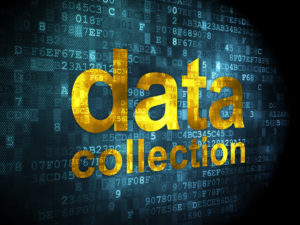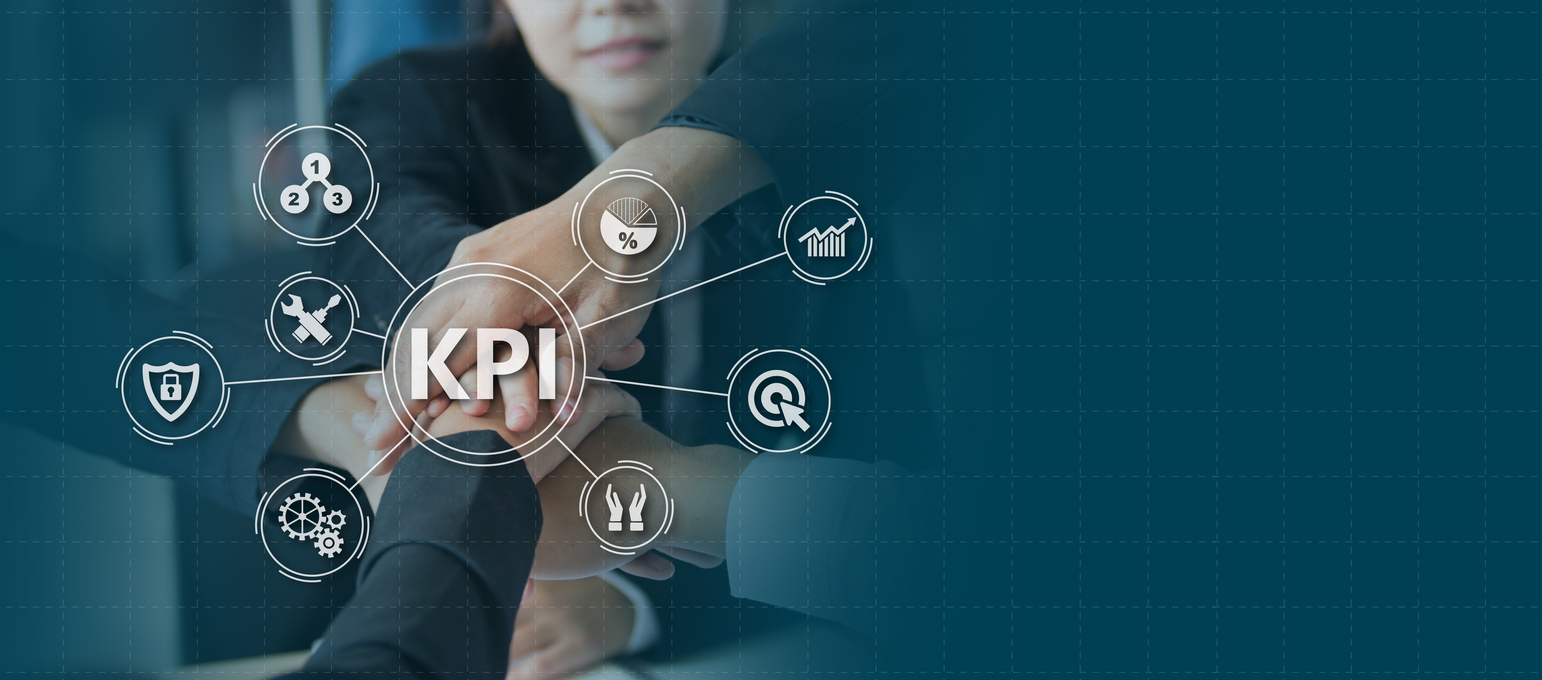A demanding economic landscape and rising consumer debt will continue to challenge energy industry accounts receivable, but providers leveraging improved customer satisfaction with digital technologies are expected to deliver lasting profits.
According to “2018 Outlook on Power and Utilities,” a white paper by Deloitte Center for Energy Solutions, the trends include a significant rise in the number of electric vehicles on the road, digital technologies that benefit both consumers and utilities, “communications-enabled self-healing” grids, business intelligence platforms, and a decentralized market of energy-producing consumers needing distribution and management services.
The trends will also stimulate new business models for the energy industry while simultaneously creating happy customers and a cleaner environment.
Part one of this three-part series explored how energy industry accounts receivable can be improved with effective consumer relations strategies such as accessibility, payment optimization, consumer satisfaction surveys, consumer-centric disconnect/reconnect policies, and the appointment of chief customer officers.
This second installment discusses ways for the utility industry to use collections technology, big data and documentation in the development of collection optimization solutions. Part three covers the collection optimization solutions of strategic predictive analytics, segmentation and payment responsiveness.
Collections Technology
Collections Software
 The evolving landscape of consumer needs, regulatory compliance and accountability places demands on utility companies that can be addressed with strategic receivables management software suites, representing the most thorough and efficient means possible. Many of these platforms consist of a core program and optional applications or “plug-ins” added to address specific needs with seamless interface from a single data entry point.
The evolving landscape of consumer needs, regulatory compliance and accountability places demands on utility companies that can be addressed with strategic receivables management software suites, representing the most thorough and efficient means possible. Many of these platforms consist of a core program and optional applications or “plug-ins” added to address specific needs with seamless interface from a single data entry point.
The core applications help automate default workflows and processes inherent to energy industry accounts receivable with customizable options to accommodate unique business requirements and a growing number of consumer accounts. The programs can also help manage documents and letters, call campaigns, activities, payment gateways, skip tracing, scrubs, credit bureau interactions, reporting and real-time analytics.
These software packages are typically designed within a framework of compliance encompassing regulations such as HIPAA, GLBA, FDCPA and TCPA as well as the regulatory requirements established by the Bureau of Consumer Financial Protection (BCFP).
Contact Management Systems
Integrating core debt collection suites with contact management systems (CMS) has become a necessity for the modern utility company wanting to streamline contact points. CMS applications often include features for  conducting manual, power and predictive dialing campaigns; answering machine detection; cell phone consent; efficient routing to the next available representative; and user-friendly account information that automatically populates screens when a successful phone connection is made. Nearly all CMS include compliance tools that automatically limit redial attempts and calls to only acceptable hours of the day.
conducting manual, power and predictive dialing campaigns; answering machine detection; cell phone consent; efficient routing to the next available representative; and user-friendly account information that automatically populates screens when a successful phone connection is made. Nearly all CMS include compliance tools that automatically limit redial attempts and calls to only acceptable hours of the day.
Naturally, debt collection agencies specializing in energy industry collections should offer these capabilities and be proficient in the customization of core suites and plug-ins.
Collection Optimization Solutions
The use of collections technology in energy industry accounts receivable has given rise to a variety of subsequent collection techniques that would be difficult to manage without business intelligence platforms.
Key Performance Indicators
Tracking the key performance indicators (KPI) of the utility industry revenue cycle has reached new heights with the help of collections technology in conjunction with the monitoring of external dynamics including macro-economic and regional climatic changes as well as trends in energy consumption, production costs and user fees. These metrics are entered into mathematical equations that administrators use to determine revenue cycle efficiency and make real-time adjustments to collection strategies.
The KPI process actually begins with accurate data entry when accounts are established, including consumer social security and driver’s license numbers, street addresses, phone numbers, and landlord contact information if the account is for a rental unit in areas that legally hold property owners responsible for unpaid balances.

Once the account is established, revenue cycle managers can review data for KPIs such as Collections Effectiveness Index (CEI); Cost of Collections; Days Sales Outstanding (DSO); Accounts Receivable (A/R) in buckets of 30, 60, 90, and 120 days; Percentage of Accounts Receivable Over 90 Days; Bad Debt; Cost to Collect and more.
Documentations
Receivables management software can also be used to document and store all letter and phone interactions between collection representative and consumers. Access to such records allows utility companies to collect effectively and efficiently by providing representatives with accurate information to further the collections process and remind consumers of their repayment commitments. Furthermore, the ability to produce accurate records may help when pursuing legal collection action against delinquent utility customers.
Summary of Energy Industry Accounts Receivable
This series has evolved from the ways that energy industry accounts receivable can be improved with effective consumer relations strategies (e.g. consumer-centric disconnect/reconnect policies) to the introduction of  collection optimization solutions including collections technology and data mining. Part three will look at solutions involving strategic predictive analytics, segmentation and the application of payment responsiveness to low- and high-risk consumers.
collection optimization solutions including collections technology and data mining. Part three will look at solutions involving strategic predictive analytics, segmentation and the application of payment responsiveness to low- and high-risk consumers.
As always, energy industry accounts receivable should be built upon a framework of experience, compliance, certification and data security in addition to the collections technology mentioned above.
Some energy companies choose to conduct in-house collections while others appreciate the value presented by best-in-class agencies such as Optio Solutions.
Optio certifications include Professional Practice Management System (PPMS), a rigorous certification offered by ACA International that has been achieved by less than two percent of agencies in the USA.
Contact us today to learn how an individualized collection strategy can delivery favorable return on investment and brand protection for your energy company.






